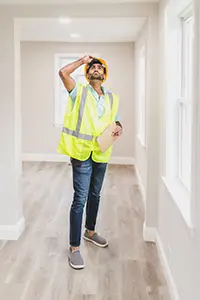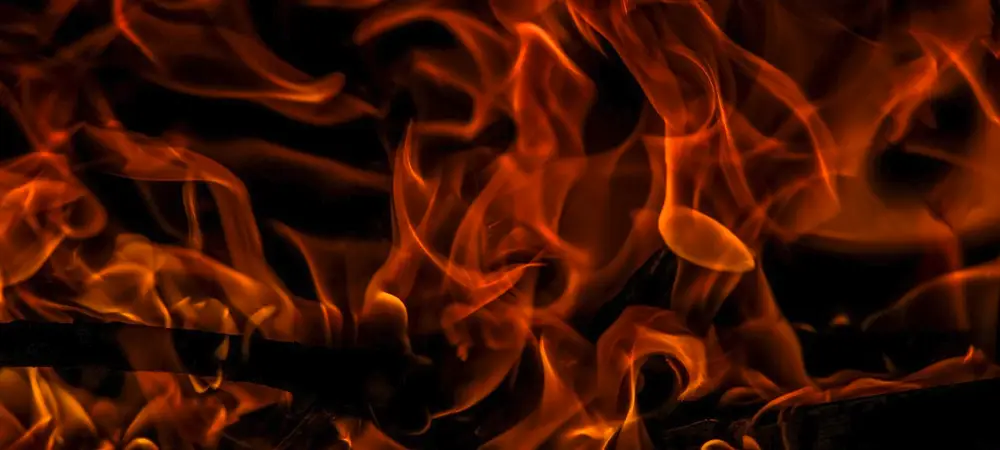Fire dampers are installed in the majority of buildings with a high risk of fire to limit the spread of a fire and to protect people, property and equipment. Fire dampers are normally closed when the building is not in use and automatically open if there is a fire so that sprinklers can operate. They also need to be checked regularly to ensure they are working effectively.
In most cases, this needs to be done by an independent third party or by another person who is not directly involved with the management or maintenance of the building. This article details the various testing requirements for fire dampers in different UK locations.
Read on to discover more about the different regulations regarding fire damper testing for built-new properties, extensions, renovations, service company work, and commercial vs. non-commercial buildings.
UK Fire Dampers Regulations
 Fire dampers are regulated by the Health and Safety Executive (HSE) and fall under the Control of Asbestos Regulations 2002. All fire dampers need to be tested by an independent person at least every 4 years and records of the testing must be kept.
Fire dampers are regulated by the Health and Safety Executive (HSE) and fall under the Control of Asbestos Regulations 2002. All fire dampers need to be tested by an independent person at least every 4 years and records of the testing must be kept.
If a company is contracted to test or clean fire dampers, it must be able to produce an insurance certificate and a valid license from an accrediting body.
Fire dampers should also be included in the building’s fire risk assessment as part of the risk management procedures. In addition, fire dampers should be inspected regularly by the building owner or manager to ensure they are in good condition and operating correctly.
One of the best things about fire dampers is that they are easy to inspect. When inspecting the dampers, make sure they are not damaged, have been installed correctly, and operate smoothly.
Built-New Properties
Newly built properties need to comply with the requirements of the latest version of the Building Regulations in force at the time when they are built. If they are not, they may need to be retrofitted to make them safer in the event of a fire.
In particular, if sprinklers are not installed as part of a newly built property, fire dampers are an essential alternative protection measure.
Extensions to Existing Buildings
If you are extending an existing building, you need to make sure that you comply with the requirements that applied when the building was first constructed. This will protect you from future problems if the building regulations change.
If you are extending an existing building that meets the requirements of the Building Regulations in force when it was built, the risk of fire is generally reduced.
Renovations and Alterations to Existing Buildings
When you make any alterations or renovations to an existing building, you need to make sure that you comply with the requirements that applied when the building was first constructed.
If you are adding a new storey to an existing building, you need to make sure that the extended part of the building complies with the requirements of the current Building Regulations.

Commercial Properties
When a commercial property is built, the design must comply with the Building Regulations in force at the time. If it does not, it may need to be retrofitted to make it safer in the event of a fire.
In particular, if sprinklers are not installed as part of a commercial property, fire dampers are an essential alternative protection measure.
If you are in any doubt about the requirements relating to fire protection in a commercial building, you should check with your local planning authority before work is started.



